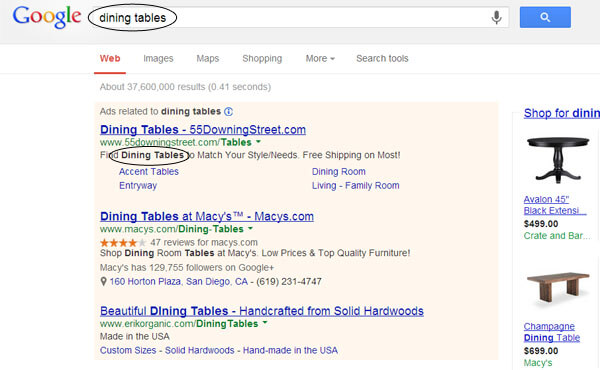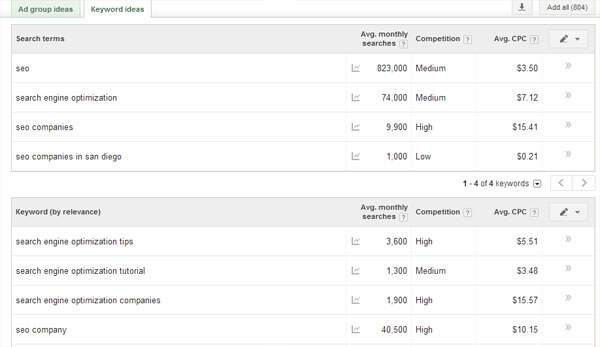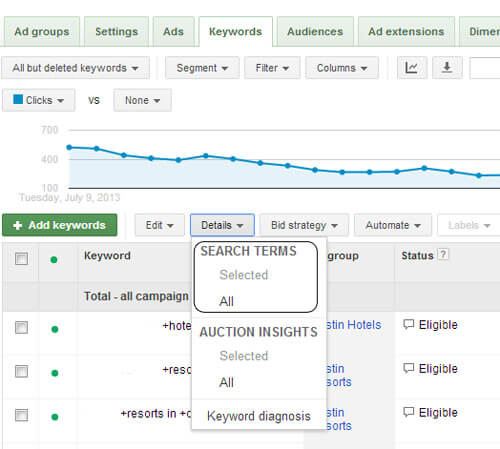HOW TO DEAL WITH NEGATIVE PUBLICITY ONLINE
Now more than ever, you are defined by what people read online. The surge in Social networking, blogging and user review sites has created an avenue for both positive and negative reviews. The difference is, while you have the opportunity to leverage positive feedback to your advantage, negative reviews can put a dent in your online reputation. Most negative reviews cannot be completely eradicated, but there are solutions to dilute negative posts and influence positive publicity.
Restore a Damaged Reputation
Part of the process of recovering from bad publicity and re-building an online reputation is to divert attention from the negative reviews. There are many cases where disgruntled customers have plastered reviews about a company that continues to show up in the top search results even after the issue has been resolved. Outdated, negative reviews can tarnish a company’s reputation and need to be controlled. Sometimes, the website where the post is hosted will remove negative posts if you can prove they are untrue or were posted maliciously. If you cannot get the posts removed, diffuse negative posts by highlighting positive reviews and media. Burying negative comments with positive publicity may take some time, but will eventually prevail. In order to prevent future damage to your reputation, it is important to implement a comprehensive Reputation Management Strategy.
Future Negativity
Restoring a damaged reputation is much more difficult than managing and maintaining a good one, which is why it is important to engage in a continuous online reputation management plan. Google, Yahoo and Bing want to deliver relevant and important information, so having a solid online reputation makes it easier to discredit negative posts. Here are some of the best ways to maintain a positive online reputation:
- Prevent future issues by being upfront. Explain cancellation, return and company policies thoroughly to a customer, so there are no issues down the road. If concerns are circulating, put an end to them right away. An honest and open line of communication with consumers is the best way to prevent misunderstandings and anger.
- Make yourself accessible. Contact information should be apparent and clear on your website so if a customer has a question or remark, they will not have any trouble coming directly to you.
- Ask satisfied customers for a post. Your company’s name in a blog post can show up high in search results. Positive reviews by happy customers are some of the most influential publicity. It is important to make it easy for customers to post reviews by including links for user review sites or blogs.
- Track what is being said about your company. Using Google Alerts and creating listening campaigns on social media sites like Twitter can help you stay on top of posts about your company, so you can respond accordingly.
- Be the first to respond. Counteract negative posts by being the first to respond and mitigate the issue. On the other hand, leverage positive posts and praises by reposting across your social media platforms.
The best way to have a positive reputation and keep good reviews circulating is to manage your online reputation constantly. A bad review that catches momentum can be devastating for a business. By practicing healthy business ethics and maintaining online publicity, the inevitable bad reviews will not be able to hurt your reputation.
To find out more about how to deal with negative publicity online or how to prevent negative publicity from damaging your reputation, contact your SEO Agency.
Submitted by Erica Machin, Titan Growth





